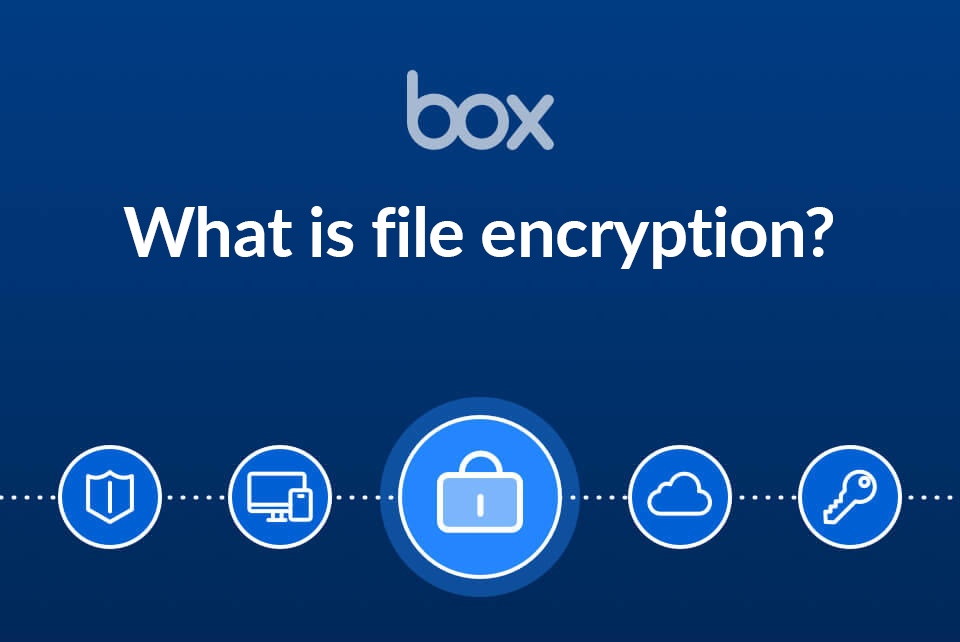In an era where digital information permeates every facet of life, the safeguarding of data has ascended to paramount importance. The concept of “encrypted at rest” arises as a crucial mechanism in the realm of data security, particularly for files stored on various devices and in the cloud. As organizations and individuals wrestle with the daunting threats posed by cyberattacks, understanding the implications of encrypted at rest becomes essential.
So, what exactly does it mean for your files to be “encrypted at rest”? In essence, it refers to the practice of securing data that is stored on any physical device or cloud storage. Once data is encrypted, it transforms into an unreadable format without the corresponding decryption key, ensuring that even if unauthorized access occurs, the data remains inaccessible. This duality of security—protection against both physical theft and data breaches—invites both examination and intrigue.
To dissect the significance of encrypted at rest, one must first understand the vulnerabilities associated with unprotected data. When files are housed on hard drives, cloud servers, or offline storage devices, they are susceptible to a variety of threats. Malicious actors can employ sophisticated techniques to exploit weaknesses in system defenses, thereby gaining access to sensitive information. Identity theft, intellectual property theft, and unauthorized data manipulation are just a few of the maladies that unencrypted data invites. By implementing encryption protocols, organizations establish formidable barriers against these threats.
Moreover, the legal landscape adds another layer of complexity. Regulations such as the General Data Protection Regulation (GDPR) in Europe and the Health Insurance Portability and Accountability Act (HIPAA) in the United States have stringent requirements concerning data protection. Non-compliance can lead to substantial financial penalties, reputational damage, and loss of consumer trust. Thus, many organizations are turning to encrypted at rest solutions not merely as a protective measure but also as a compliance strategy, embedding a culture of data stewardship within their operational ethos.
It is crucial to delve deeper into the mechanics of how data is encrypted at rest. Often, this process employs symmetric or asymmetric encryption algorithms. In symmetric encryption, the same key is used for both encryption and decryption, making it expedient but raising concerns about key management. Conversely, asymmetric encryption utilizes two keys—a public key for encryption and a private key for decryption—adding a layer of complexity that enhances security, albeit with performance trade-offs.
The choice of encryption algorithm is pivotal. Cryptographic methods such as Advanced Encryption Standard (AES) have become ubiquitous due to their robust security features and efficiency. AES, a symmetric encryption standard, employs key sizes of 128, 192, or 256 bits, providing an extensive combinatorial challenge for brute-force attacks. Nonetheless, the strength of encryption does not solely hinge on the algorithm; it also depends on the key management practices adopted by the organization.
Key management, often considered the linchpin of effective encryption, involves securely generating, distributing, and storing encryption keys. The weakest link in an encryption strategy can be the key itself. An organization can deploy the most advanced encryption algorithms, yet if the key is compromised, the entire system collapses. Hence, organizations must incorporate robust key management policies that govern roles and responsibilities, revoke access for terminated employees, and deploy hardware security modules (HSMs) or cloud-based key management services.
Another aspect of encrypted at rest that garners attention is the performance overhead introduced by encryption processes. While real-time encryption and decryption have become largely seamless due to advancements in technology, there can still be some latency. For businesses that rely on high-speed access to vast amounts of data, this can pose a challenge. Balancing the intricate dance between security and performance often necessitates thorough testing and optimization strategies.
Furthermore, it is essential to consider the scope of encrypted at rest implementations. Organizations may face the dilemma of determining which data necessitates encryption. While sensitive personal information such as Social Security numbers and credit card details are clear candidates, organizations must also introspect on what constitutes ‘sensitive data’ within the context of their operations. Employing classification schemes can aid in delineating which files should undergo encryption procedures, streamlining the process and enhancing overall data security posture.
Finally, it is imperative to acknowledge the ever-evolving landscape of threats that necessitate ongoing vigilance. Cybercriminals are continually adapting their methodologies to circumnavigate conventional security protocols. As file sharing and remote work become commonplace, the devices storing critical data are frequently outside the protective confines of firewalls and enterprise servers. Thus, organizations must cultivate a robust security culture, integrating encryption at rest within a broader strategy that includes regular vulnerability assessments and employee training on security best practices.
In conclusion, encrypted at rest stands as a pivotal cog in the machinery of modern data security. It provides a veneer of protection against a myriad of threats while reinforcing compliance with regulatory demands. As the digital landscape continues to mature, the reliance on sophisticated encryption techniques will only deepen, fostering an atmosphere of trust in digital transactions and data handling. Hence, the fascination surrounding encrypted at rest is not merely a technical curiosity; it is a fundamental realization that in a world increasingly driven by information, the preservation of privacy, integrity, and security must remain at the forefront of our collective efforts.








Leave a Comment